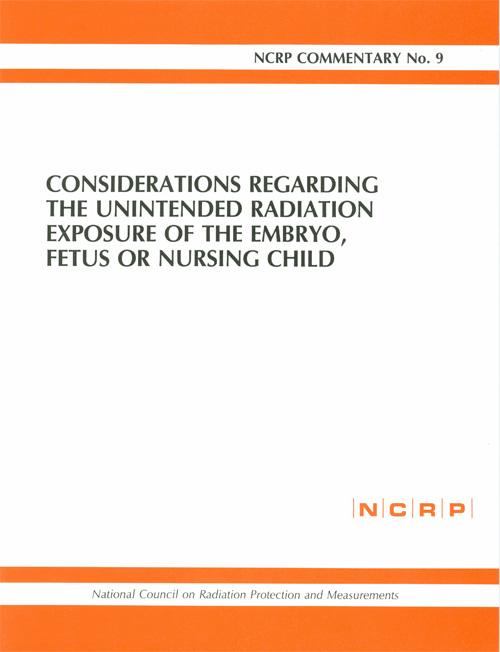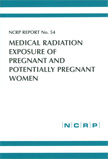It can be stated that no radiologic examination should be carried out unless there is a significant medical need for such examination at that time. It may also be stated that no radiological examination for which there is a significant medical need should be denied a patient, even if she is pregnant, for the risk to the patient of not having an indicated examination is also an indirect health risk to the embryo-fetus. However, there may be exceptions to this general thesis. The need for radiological examinations covers the entire spectrum of necessity, and health practitioners may, and often do, disagree as to the importance of a given examination in a given situation. There is presumably a radiation dose level below which most experts would agree that the risk of any radiation injury from a radiological examination (such as a routine chest x ray) is so small that it would be offset by any slight medical benefit. There is also a level, presumably, above which the risk of the radiological procedure is so great that it should not be carried out except to counteract a life-threatening situation (such as the radiation treatment of cancer). Individual experts will differ if asked to numerically define these levels, and they may draw different conclusions in trying to compare the risks with the benefits in a given situation because both are so often nonquantifiable or at least illdefined. NCRP recognizes that any general recommendation it makes regarding the medical radiation exposure of women having child-bearing capacity can serve only as a guide that may be modified in specific instances according to the judgment of the patient's physician and the consulting expert.
Excerpts and Related Information
Table of Contents
Preface









